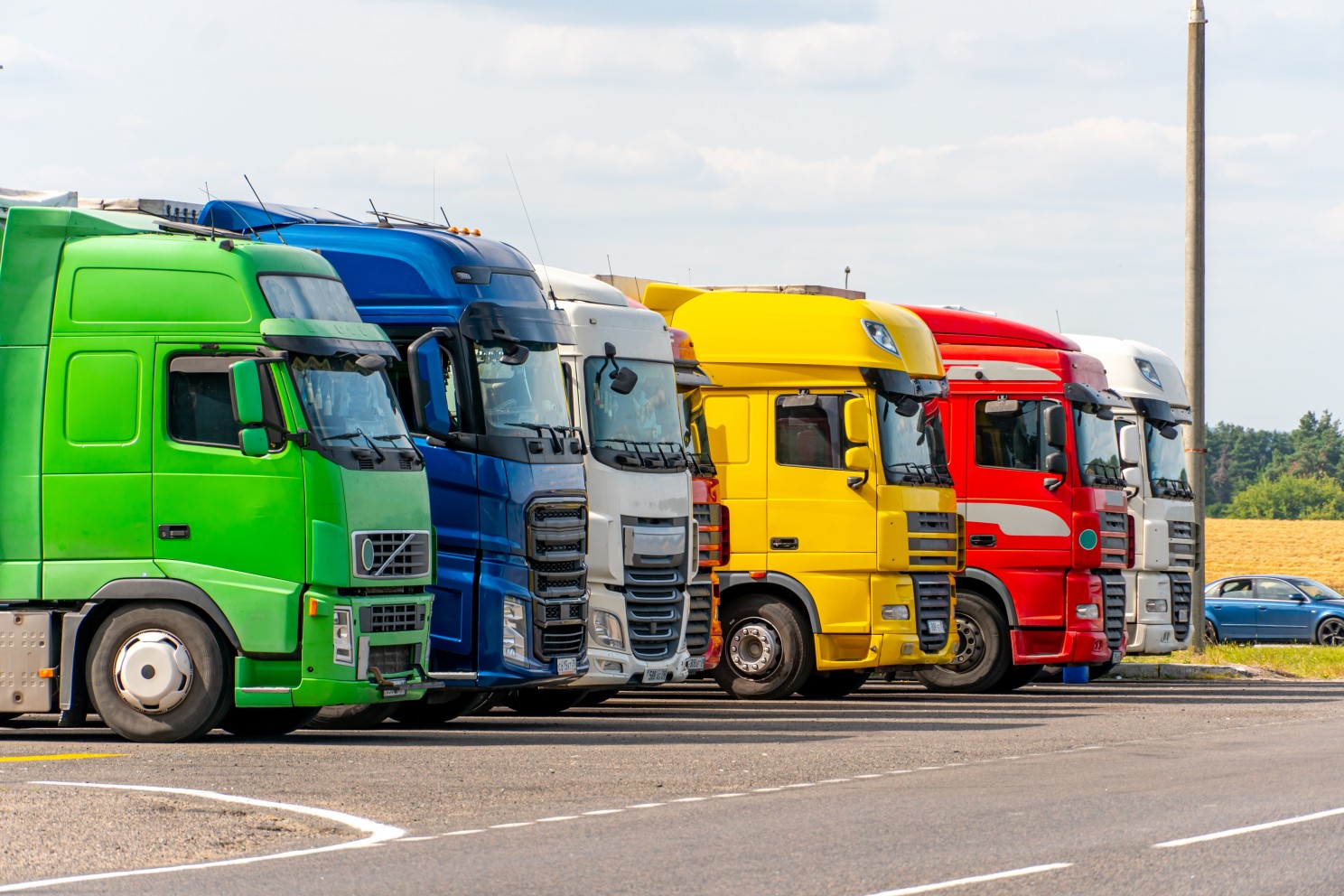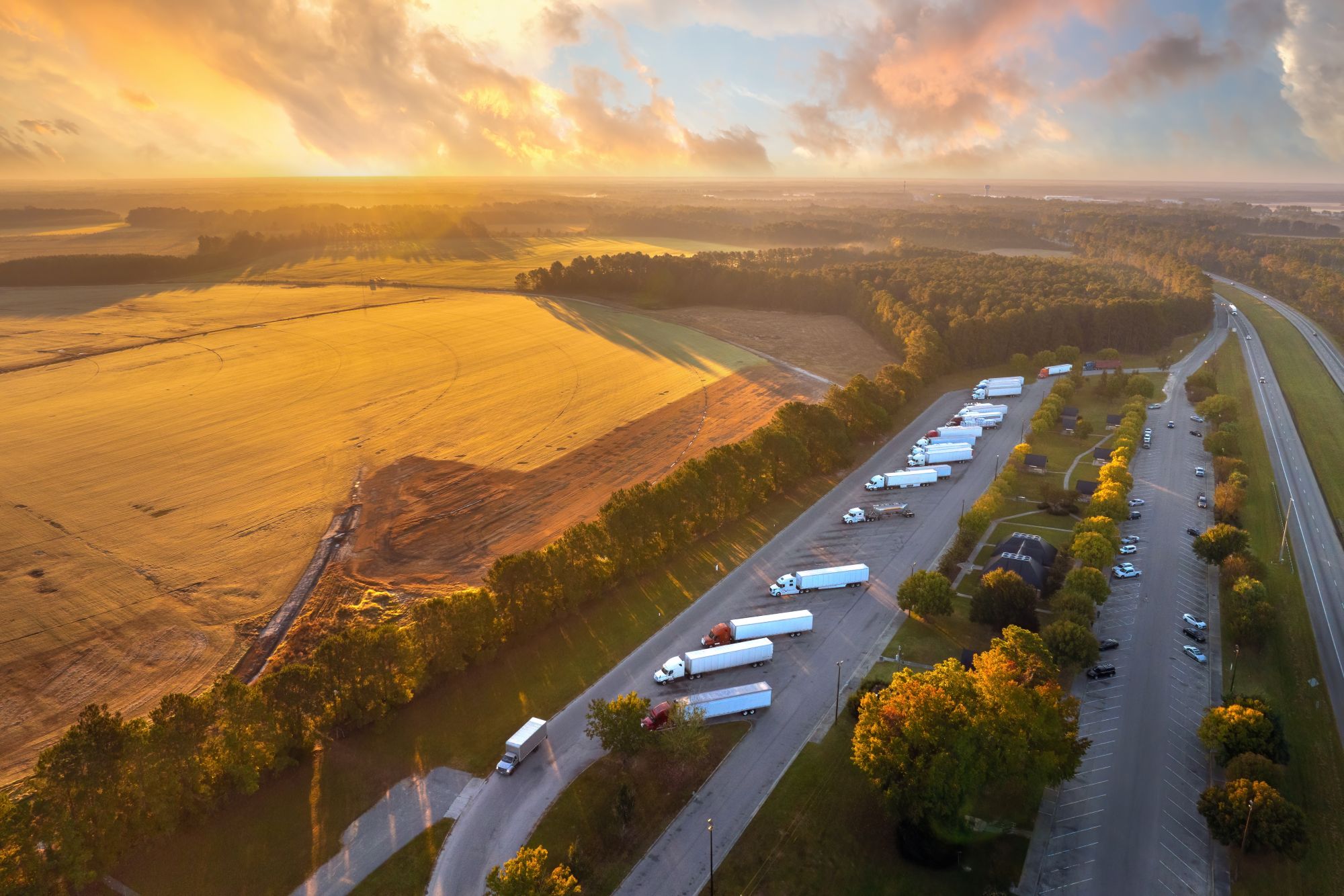
Susie Jones
Как да се справим с разнообразието от водачи в бранша
Създаден: 21.08.2024
•
Актуализирано: 21.08.2024
Ако ви помолим да опишете шофьор на камион, отговорът ви може да представлява стереотипен образ на възрастен бял мъж. Точно ли е това? Традиционно в сектора на товарните превози преобладават мъжете. С течение на годините отрасълът стана по-разнообразен и отвори възможности за жени, хора на различна възраст и с различен произход да навлязат в тази област. Разнообразието се увеличава, но външните предизвикателства като Brexit и пандемията го стунираха.
Жените в индустрията
Въпреки че в Обединеното кралство има недостиг от до 100 000 водачи на тежкотоварни автомобили, само 1-3% от шофьорите на камиони са жени. Тогава защо повече жени не се записват за живота на пътя?
Безопасност: Смята се, че 60% от жените шофьори на камиони са се чувствали несигурни по време на работа. Много от тях са изразили необходимостта да паркират на светло, да планират спирките си и да носят лютив спрей.
Техника и оборудване: От ергономична гледна точка камионите са създадени за мъже. В миналото жените са смятали, че достигането до контролните уреди, регулирането на седалките и физическите аспекти на работата ги ограничават. Технологичният напредък обаче означава, че физическото натоварване не е проблем. Повечето съвременни камиони вече имат сервоусилвател на волана и автоматични скоростни кутии, които улесняват работата.
Въпреки тези трудности, жените изразяват мнението си и налагат промени в индустрията. Шофьори като Джоди Смит са безценни защитници на индустрията. Джоди споделя своя опит в областта на товарните превози онлайн и доказва, че тази индустрия не е само мъжки свят.
"Шофирането на камион не е мъжка работа - мога да свърша тази работа с пълен комплект акрилни бои! Доста е физическа, но не е трудна", заявява Джоди, когато с нея разговаряхме през 2021 г.. Със седем години опит зад гърба си Джоди продължава да се застъпва за това повече жени да се присъединят към общността на превозвачите на камиони.
Резултат, който би могъл да доведе до по-безопасни пътища - Данните на Американския институт за транспортни изследвания показват, че жените са по-безопасни шофьори на търговски превозни средства. Вероятността мъжете шофьори да участват в катастрофа е с 20 % по-голяма в сравнение с техните колеги жени.

Възрастово разнообразие в индустрията
Националната статистическа служба сочи, че средната възраст на шофьорите на тежкотоварни автомобили е 48 години, а 47 % от шофьорите на камиони в Обединеното кралство са над 50 години и искат скоро да се пенсионират. Тези статистически данни, наред с настоящия недостиг на шофьори, показват нуждата от по-млади шофьори в бранша.
Това е по-лесно да се каже, отколкото да се направи; много млади шофьори са изправени пред следните предизвикателства:
Обучение: Получаването на шофьорска книжка за търговски цели може да струва до £2,000
Застраховка: Въпреки че минималната възраст за шофиране на тежкотоварни автомобили в Обединеното кралство е 18 години, мнозина се затрудняват да получат застраховка.
Опит: Някои компании искат да наемат опитни шофьори, което може да е пречка.
Условия: Животът на шофьорите на камиони може да бъде труден - дългите часове и времето, прекарано далеч от близките, могат да бъдат възпиращи. Въпреки това животът на пътя има много предимства, като например общност, пътуване, заплащане и стабилност на работата.

Фирмите, които търсят шофьори, могат да се възползват от наемането на по-млади шофьори на камиони. Те са по-склонни да се адаптират към постоянно променящата се индустрия. Освен това те се учат бързо и приветстват технологичния напредък. Увеличаването на броя на младите шофьори, които се присъединяват към индустрията, ще доведе до по-ниски нива на текучество - намаляване на разходите на компанията. Освен това ще се гарантира, че отрасълът отговаря на нарастващото търсене на стоки и услуги.
Какви са обаче пречките за вас, ако сте по-възрастен шофьор? Някои предполагат, че възрастта се отразява на физическите и когнитивните способности, което оказва влияние върху способността за безопасно шофиране. Те са от жизненоважно значение за водачите на камиони, тъй като те се справят с дълги часове, физически изисквания и стресови ситуации.
FMCSA се е заела с тези проблеми. Според нормативната уредба по-възрастните шофьори трябва да преминават през чести медицински прегледи и оценки на шофирането. Неотдавна беше съобщено, че 90-годишен шофьор на камион от Шефилд продължава да кара камион, след като е получил чисто медицинско свидетелство. Мнозина твърдят, че по-възрастните шофьори носят десетилетия опит и знания - което предполага, че ако са здрави, не би трябвало да има пречка за наемането им на работа.
Как разнообразието може да реши проблема с настоящия недостиг на водачи?
През 2022 г. Службата по въпросите на ветераните предостави 100 000 GBP на благотворителната организация "Ветерани в логистиката". Благотворителната организация предлага на ветераните възможност да станат шофьори на тежкотоварни автомобили. Финансирането даде възможност на благотворителната организация да повиши значително годишното си обучение, да увеличи броя на служителите и да утрои наличното обучение. XPO, ASDA и Muller Milk & Ingredients са компании, които активно наемат ветерани на работа директно след обучението.
Освен това ASDA предостави 40 000 лири стерлинги, за да подпомогне по-нататъшното обучение. Подкрепата за благотворителни организации като "Ветерани в логистиката" създава по-разнообразна култура в областта на шофирането на камиони, като същевременно активно се бори с настоящия недостиг на шофьори.
Какво може да се направи, за да се привлече по-голямо разнообразие?
Наличието на разнообразна работна сила отваря компаниите към различни гледни точки и опит. Какво могат да направят компаниите, за да привлекат по-разнообразна работна сила?
Инвестирайте в обучение: Обучението за запознаване на служителите с теми като скрити предразсъдъци, приобщаване на работното място, превенция на дискриминацията и как да подкрепят разнообразната работна сила може да има положителен ефект.
Инвестирайте в приобщаващ процес на наемане: Анонимизирането на автобиографията на кандидата може да намали несъзнателните предразсъдъци.
Насърчаване на приобщаваща култура: Съобщете на потенциалните кандидати как решавате текущите проблеми, свързани с многообразието и приобщаването.
Обърнете се към слабо представените групи в тази индустрия.
Популяризирането и приемането на разнообразна култура при шофирането на камиони може да донесе значителни ползи за индустрията. Това не само ще допринесе за създаването на по-приобщаваща и приветлива работна среда, но и ще подпомогне продължаващия недостиг на шофьори. Фирмите за товарни превози са длъжни да приемат многообразието също толкова, колкото и шофьорите на камиони.

В коя държава има търсене на шофьори на камиони?
В доклад, публикуван през декември 2022 г., се посочва, че от 2020 г. до 2021 г. недостигът на шофьори в Европа е скочил с 42%. На първо място е Обединеното кралство, където свободните позиции за шофьори достигат 100 000. Мексико и Китай също заемат челни места в списъка, като недостигът в Мексико се е увеличил с 30 %, а в Китай - със зашеметяващите 140 %.
Ще имаме ли нужда от шофьори на камиони в бъдеще?
Въвеждането на самоуправляващите се камиони накара мнозина да предположат, че шофьорите на камиони нямат бъдеще. Това обаче далеч не е така.
Автономните камиони ще бъдат внедрявани постепенно в определени региони. Вероятността това да засегне повечето шофьори е малка.
Ако автономните камиони бъдат въведени в целия свят, все още ще са необходими шофьори. Търсенето на шофьори на камиони само ще се увеличава, тъй като има твърде много неща, които могат да се случат, ако в кабината няма шофьор.
Какви са стереотипите на шофьорите на камиони?
Знаем колко са важни шофьорите на камиони, но в очите на някои хора този бранш все още е свързан с негативни стереотипи - това представяне може да се дължи на погрешно представяне в медиите, а понякога и на няколко неопитни шофьори. Но какъв е този стереотипен образ? И защо той е погрешен?
Наднормено тегло - Някои спирки за камиони предлагат нездравословна бърза храна, което може да ви направи впечатление, че шофьорите на камиони консумират само нея. Това обаче със сигурност не е норма. Здравословното хранене по време на път може да бъде предизвикателство, но мнозина се придържат към добре балансирана диета и редовно правят физически упражнения. Вижте нашите съвети за здравословно хранене по време на път.
Лоши шофьори - стереотип, който не би могъл да е по-далеч от истината. Професионалните шофьори на камиони се отнасят изключително сериозно към безопасността. Те често спазват ограниченията на скоростта, са особено внимателни при лоши метеорологични условия и оставят достатъчно място между себе си и другите водачи.
Нецензурни думи - Всички сме ядосани на пътя и шофьорите на камиони не правят изключение. Въпреки това е несправедливо този стереотип да се отнася само за шофьорите на камиони.
Всички шофьори на камиони са мъже - мъжете са повече от жените в този бранш, но жените шофьори на камиони се увеличават.



